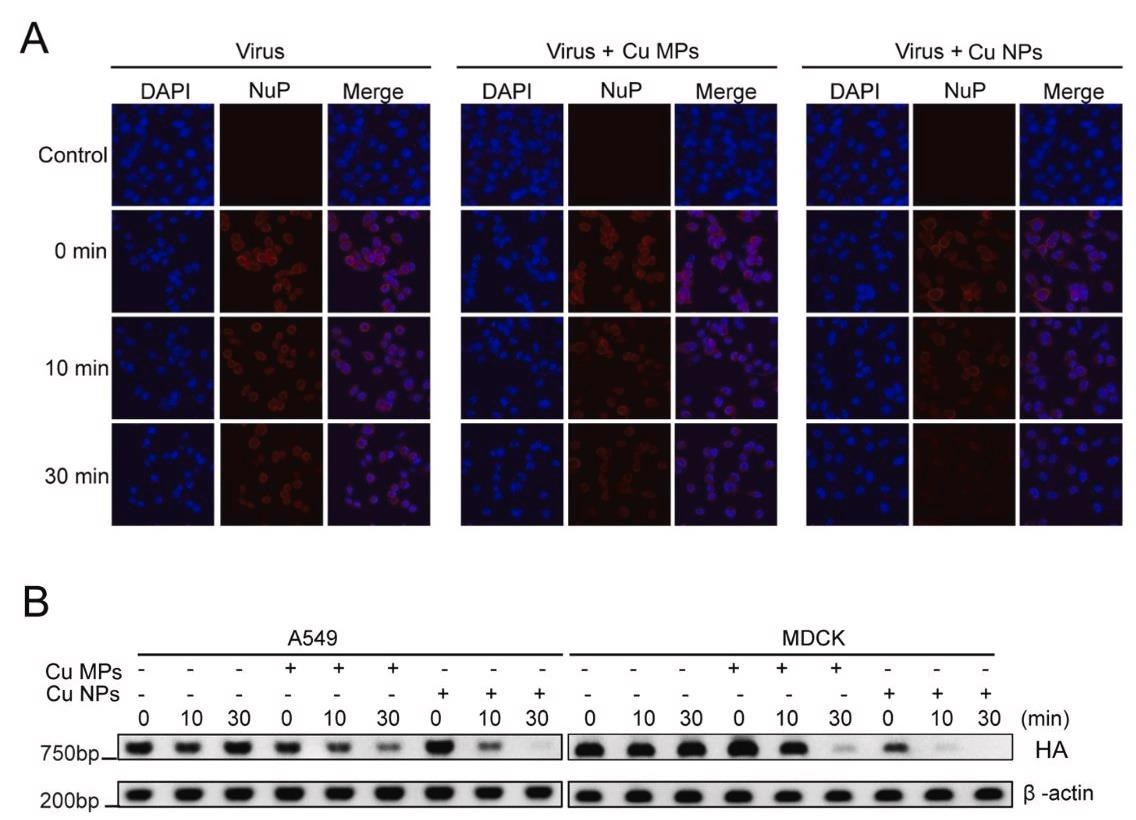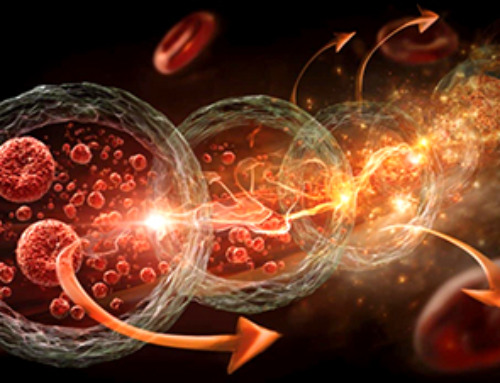The Necessity of Novel Antiviral Materials
With the severe acute respiratory coronavirus 2 (SARS-CoV-2) being highly infectious and transmissible, the need for novel antiviral materials that can decrease viral activities has become paramount.

Preparation procedures of copper nanoparticles (Cu NPs). © Ha, T. et al (2022)
The pandemic has illustrated the inefficacy of current antiviral treatments. Conventional management plans did not contain this highly infectious virus, which resulted in more than 5 million deaths as of January 2022. Additional public health guidelines to prevent the spread of the virus consisted of quarantine, national lockdown, social distancing, and the use of masks.
The recognition of the poorly controlled COVID-19 virus has led to research into novel antiviral materials including silver, gold, and copper. Copper can be seen as a desirable commodity compared to other metals due to its abundance and low cost, which has made it useful as a novel antiviral material.
Copper as an Antiviral Agent
The benefit of using copper includes its ability to transmit electricity and transfer heat with the highest conductivity. Additionally, it comprises antimicrobial effects and has been used historically to sterilize chest wounds or purify drinking water.
The announcement and official confirmation of the antimicrobial effects of copper and its alloys occurred in 2008 by The Environmental Protection Agency.
The incorporation of nanotechnology and copper to create copper nanoparticles (Cu NPs) aims to illustrate its enhanced antiviral activity.
A previous study has shown enhanced conductivity of high energy electronic beam (E-beam)-induced copper nanoparticles, so furthering this research by testing its antiviral activity within this study was hypothesized to have potentially effective results.
E-beam-induced Cu NPs were compared against copper microparticles which are commercially available, with the former being seen as having more benefits, such as fewer steps and requiring less time – factors that are useful for mass production.
These advantages illustrate how E-beam-induced Cu NPs can be more suitable for clinical use than copper microparticles that are produced through mechanical milling.
High Energy Electron Beam Cu NPs
This novel study has included an approach that aimed to investigate the antiviral role of copper, resulting in further identifying the differences between copper nanoparticles and microparticles.
This benchmark of comparison has illustrated the efficacy of E-beam-induced Cu NPs and their potential biomedical applications against viruses such as the SARS-CoV-2 virus.
Additionally, when testing for viral inactivation, the team found no visible DNA after 10- and 30-minute treatments of H1N1 virus with Cu NPs.
The infectivity of Cu NPs treated with H1N1 was significantly reduced compared to the microparticles that were treated with H1N1.
The viability of cells, including bronchial and kidney cells, was also shown to have a more favorable result with the use of copper nanoparticles for influenza strain treatment compared to microparticles.
This research can signify the efficacy of using copper nanoparticles synthesized with a high energy electron beam of 10 MeV and an absorbed dose of 80 kGy, which can result in a high yield and reproducible Cu NPs for mass clinical translation. This research has shown to have more of an effect as an antiviral than copper microparticles that are currently commercially available.
The use of copper nanoparticles treated with H1N1 was found to show a reduction of influenza virus-specific structural protein, known as the nucleoprotein, which may be attributed to the specific treatment with nanoparticles.
This may be attributed to the high reactivity of nanoparticles due to their nanoscale size and high surface-to-volume ratio, enabling nanoparticle use in this manner to be more effective with more potential for antiviral activities.

Figure 3. Copper (Cu) microparticles (Cu MPs) and Cu nanoparticles (Cu NPs) induce decrease in NuP protein expression in infected cells. (A) Immunofluorescence confocal microscopy assay for NuP protein expression (red) in virus infected MDCK or A549 cells with the absence or presence of Cu MPs or Cu NPs at 24 h post infection. The cell nuclei were stained with DAPI (blue). (B) Standard PCR assay for viral hemagglutinin (HA) gene. A549 and MDCK cells were treated with samples from viral inactivation assay (1, 10, and 30 min) and incubated for 24 h. Cellular RNA were extracted and analyzed by PCR assay for virus-specific HA gene. © Ha, T. et al (2022)
Future Translation
The positive results of this innovative research have provided a premise for further investigation into improving antiviral activities against viruses, shown by the influenza virus treatment within this study. The significance of this antiviral approach includes its translatability for other viruses such as the SARS-CoV-2 virus.
Furthering infectious disease research in this manner is innovative and shows promise for future research and possible clinical therapies which can aid in reducing the viral infection which has wreaked havoc across continents.
Additionally, this research and the use of copper nanoparticles can also be used to reduce viral transmissibility and infectivity within other potential pandemics, which illustrates the necessity of antiviral research. Preventing the same impact of future viruses is at the forefront of science and society.





















